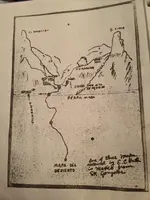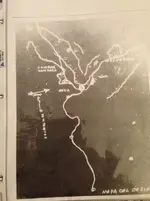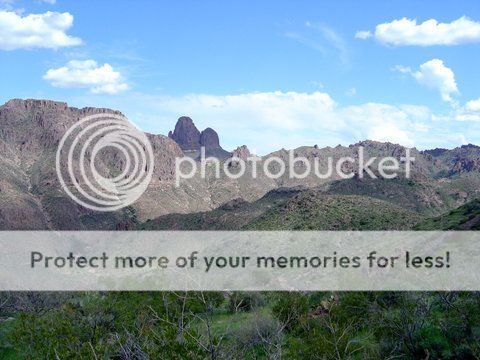cactusjumper
Gold Member
If it's the red one you're talking about, Markmar added that himself from the one Hal first posted - it's not on Hal's
Paul,
That's interesting, because directly over Willow Spring on the east side of West Boulder it's straight up. You have to go south in the canyon to the first bend to find a wash that cuts into the side of the ridge. I know you have all heard the story before, but my brother, dog and myself came directly down into Willow Spring from the top of the ridge....In the dark. It was a bit of an adventure, for sure.
On top we found two large monuments which have since been destroyed.
Must be the 100th time I have told that story.

Take care,
Joe



 , and you know you can't see that same outline from the North, with Four Peaks behind the pit. So forget that reverse map, just like you can forget about the symbols that Robert Tumlinson made up on the Tesora Mappa.
, and you know you can't see that same outline from the North, with Four Peaks behind the pit. So forget that reverse map, just like you can forget about the symbols that Robert Tumlinson made up on the Tesora Mappa.


